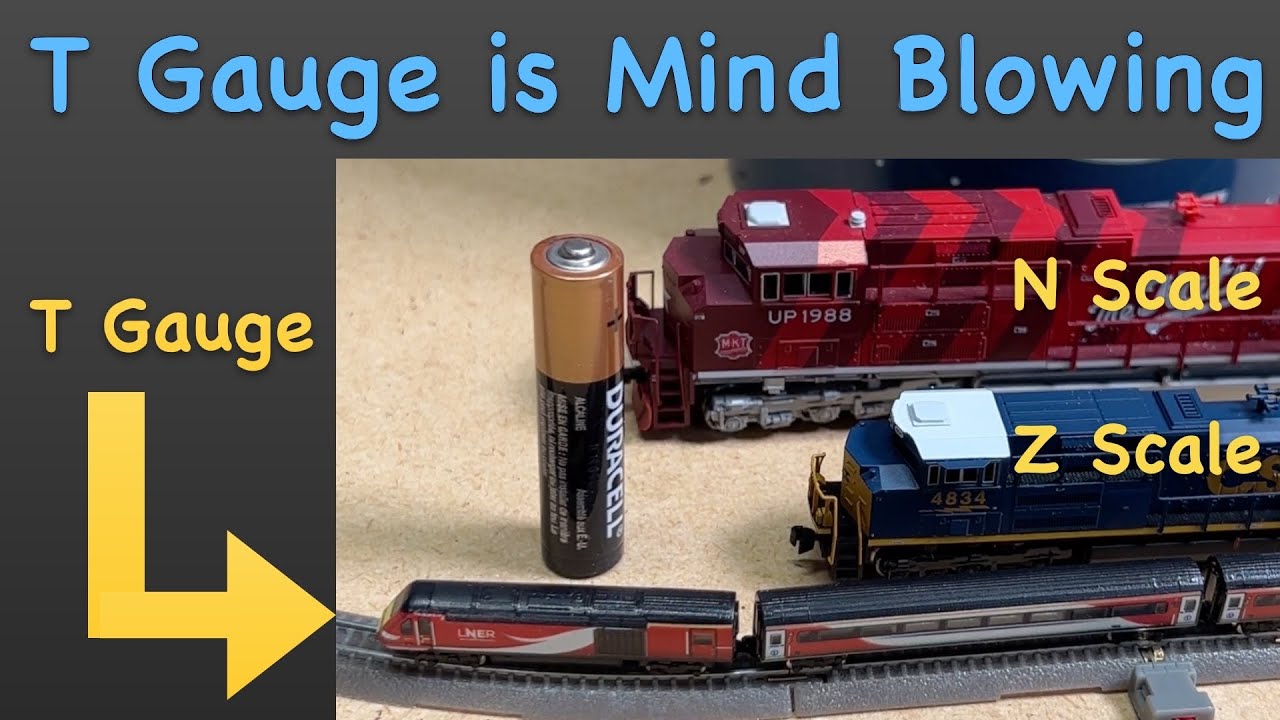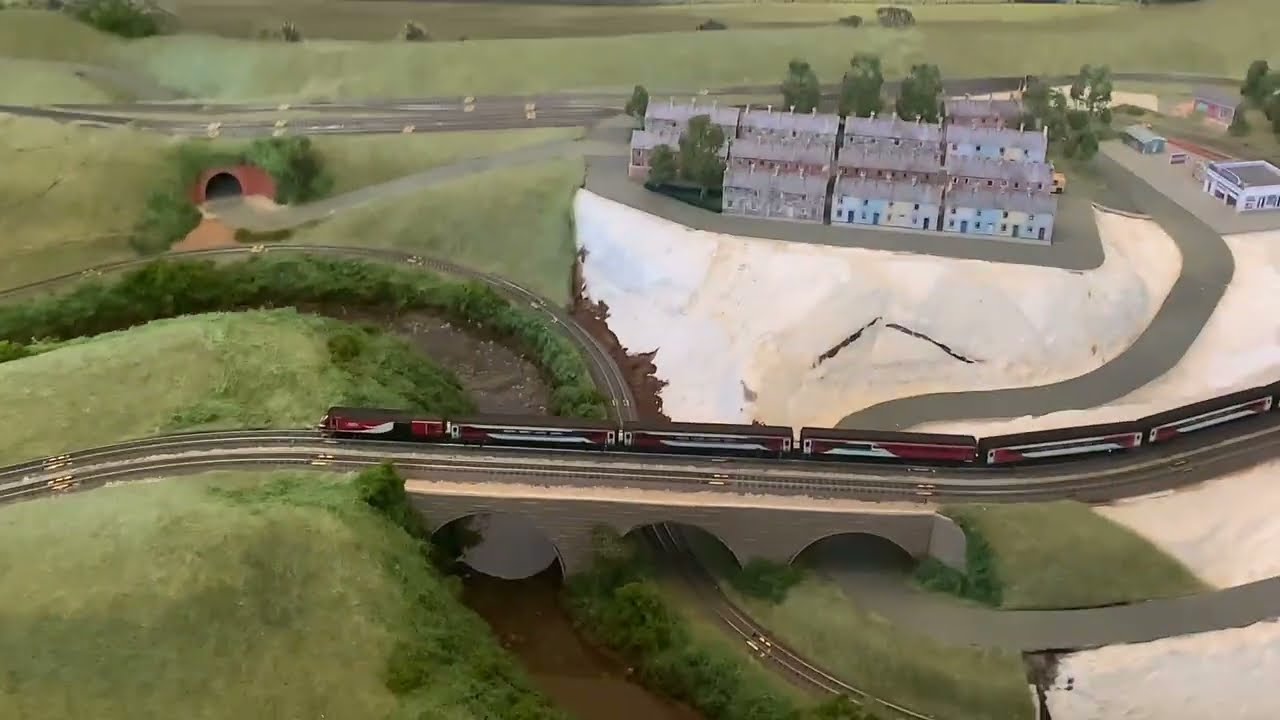T gauge railroad models use a track gauge of 3 millimetres, which is a scale of 1:450 to 1:480 depending upon the gauge of the prototype railroad. One unusual aspect of commercial T gauge models is that powered cars have magnetised wheels to better grip the rails. This not only keeps them from derailing, it allows them to climb grades as steep as 45°, which allowed one modeler to build a layout that can be worn as a hat.
Fourmilab, of course, pioneered a fireworks launcher, four-dimensional hypercube, and chaotic double pendulum that can be worn as hats.
8 Likes
It looks like fun, but dang is that expensive! $500 for an oval of track, two cars and two engines.
3 Likes
According to the Wikipedia article, “Since mid-2009, Railway Shop (Hong Kong) is the exclusive licensed manufacturer.” I guess that’s what happens with a monopoly manufacturer in a small market.
Tgauge.com lists starter sets as low as £219.46 ≈ US$ 277.46, but that’s still a lot of shekels for a tiny train.
Here’s a guy who built a nice layout in limited space with two independently-controllable tracks, switches, scenery, and a tunnel. At 5:30, he shows how the tunnel overburden pops right off to answer the question “What happens if it derails in the tunnel?”
Regrettably, this option is not available for repairs to the Gotthard Base Tunnel in Switzerland.
According to the federal railways operator (SBB), investigations have shown that the extent of the damage in the west tube is significantly greater than assumed. There are still 16 freight cars in the tunnel out of the original 23 that derailed, some of which are badly damaged.
“The Gotthard Base Tunnel is one of the safest in the world,” the federal railways CEO Vincent Ducrot told journalists on Wednesday. “The fact that such an accident could still happen hits us hard. Luckily there were no injuries, but there was a lot of damage.”
A total of eight kilometers of track and 20,000 concrete sleepers have to be replaced. This work will take several months. SBB expects that both tunnel tubes will be available for use again at the beginning of 2024.
3 Likes

